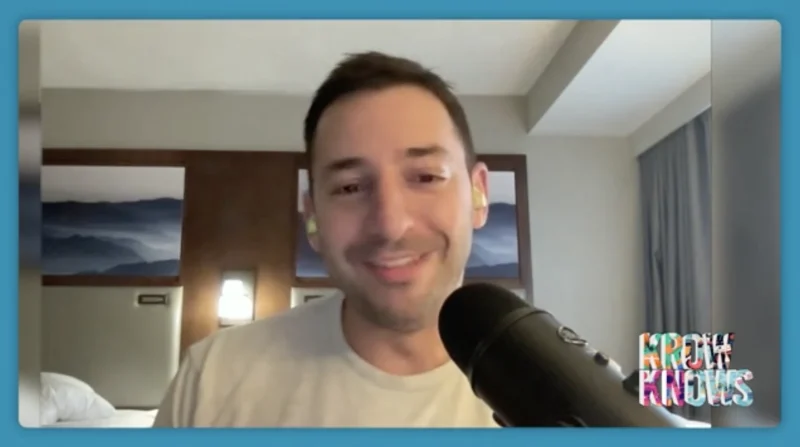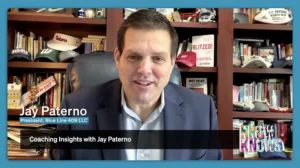Does AI Use in Hollywood Still Have a Seat at the Table? Audience Satisfaction May Determine the Final Vote.
Actors and writers may have struck a blow against AI use in Hollywood, but it may be too soon to count the technology innovation out.
The entertainment industry is witnessing a turning point as the Writers Guild of America (WGA) and SAG-AFTRA navigate the complexities of artificial intelligence in content creation. The WGA concluded a 146-day strike, securing a contract that introduces minimum staffing in writers’ rooms and better compensation, particularly in streaming residuals, while also setting up safeguards against AI’s displacement of human writers.
Similarly, SAG-AFTRA’s longest strike led to a contract mandating consent for digital replicas of actors and compensation for their use amidst concerns over AI’s role and the definition of “synthetic performers.” These landmark agreements reflect a broader debate on the ethical integration of AI in the arts as industry professionals seek to maintain creative integrity and protect their livelihoods.SAG member Justine Bateman criticized the agreement, highlighting potential loopholes in AI-related causes.
With these industry-union pushbacks, how can industry players utilize all available tools, including AI, in this evolving entertainment landscape to craft content that resonates deeply and retains audiences?
Darren Campo, Adjunct Professor at New York University and Former SVP of Programming & Content Strategy for the Food Network and Cooking Channel, emphasizes the critical need for studios, networks, writers, and performers to focus on audience desires, drawing a parallel with how cable TV’s oversight led to a rise in user-generated content. If AI can benefit the entire industry, avoiding it all together may not be the answer to meet the needs of an ever-evolving audience.
Darren’s Thoughts
“Studios, networks, writers, and performers should be starting every AI conversation with what does our audience want and how can we deliver? Cable TV lost sight of this question, and there’s now a common myth that streaming killed cable, but in reality, most original cable content is now replaced by user-generated content on YouTube. YouTube has a similar market share in streaming minutes watched as Netflix and makes just as much revenue. TV needs to get back to the more engaging storylines that take place over more than just 8 or 10 episodes every two years. The really hard storytelling comes from creating 26 episodes a year for multiple seasons.
Just look at the top 10 performers for a show like NCIS, where there are more than 400 hour-long episodes in inventory. That’s what the audience wants, and those long-running series just don’t get made anymore. If studios, networks, writers, and performers are not asking themselves, how do we use all available tools to make the best content possible, then the audience is going to find it somewhere else, and it doesn’t have to be made in Hollywood.”
Article by James Kent.








